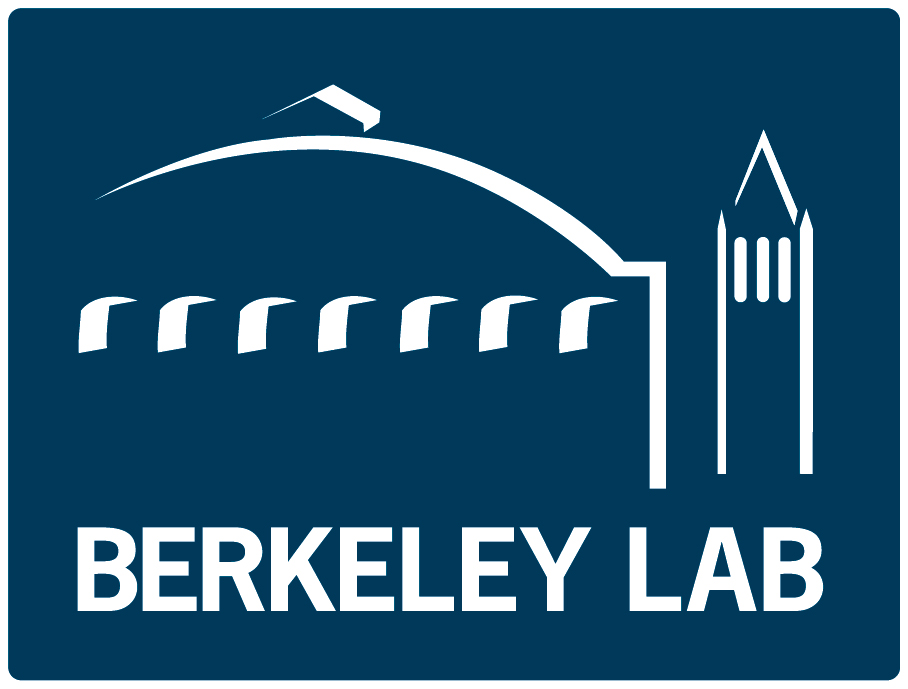APPLICATIONS OF TECHNOLOGY: Biobased fuel and chemical production ABSTRACT: The production of fuels and chemicals from lignocellulose-derived 5-hydroxymethyl furfural (HMF) is important to the biobased fuel and chemical industry because HMF can be further converted to C9-C15 alkanes, 2,5-dimethylfuran, ethyl levulinate, 5-(alkoxymethyl)furfurals, and … [Read more...] about Metal-organic Frameworks for the Conversion of Lignocellulosic Derivatives to Renewable Platform Chemicals such as HMF 2014-138
Available Technologies
HMF Production via Enzymatic Conversion of Glucose and Fructose and the Use of ILs to Catalyze Fructose to HMF 2014-136
APPLICATIONS OF TECHNOLOGY: Biobased fuel and chemical production ABSTRACT: The production of fuels and chemicals from lignocellulose-derived 5-hydroxymethyl furfural (HMF) is important to the biobased fuel and chemical industry because HMF can be further converted to C9-C15 alkanes, 2,5-dimethylfuran, ethyl levulinate, 5-(alkoxymethyl)furfurals, and … [Read more...] about HMF Production via Enzymatic Conversion of Glucose and Fructose and the Use of ILs to Catalyze Fructose to HMF 2014-136
Efflux Pump Variants to Improve Tolerance and Production of Alpha-Olefin 2013-181
APPLICATIONS OF TECHNOLOGY: Biobased fuel and chemical production ADVANTAGES: Addresses limits, due to toxicity of the final product, for microbial production levels of chemicals ABSTRACT: Researchers at Berkeley Lab’s Joint BioEnergy Institute (JBEI) have identified host cells with genetic modifications to an AcrB gene, or homolog, that result in improved … [Read more...] about Efflux Pump Variants to Improve Tolerance and Production of Alpha-Olefin 2013-181
Predicting Metabolic Pathway Dynamics from Time Series Multiomics Data Using Machine Learning Techniques 2017-049
APPLICATIONS OF TECHNOLOGY: Genetic engineering ADVANTAGES: Outperforms kinetic models to predict pathway dynamics in bioengineered systems ABSTRACT: Hector Garcia Martin and Zac Costello of Berkeley Lab’s Joint BioEnergy Institute (JBEI) have determined that the combination of machine learning and abundant multiomics data (proteomics and metabolomics) can be … [Read more...] about Predicting Metabolic Pathway Dynamics from Time Series Multiomics Data Using Machine Learning Techniques 2017-049
High-Level Production of Fatty Alcohols from Engineered Yeast 2017-097
APPLICATIONS OF TECHNOLOGY: Industrial lubricants and surfactants Personal care products Biofuel production ADVANTAGES: Sustainable sourcing for fatty alcohols Highest titers and yields for fatty alcohols produced from cerevisiae yeast to date Allows for specific chemical modifications of fatty alcohols ABSTRACT: Joint BioEnergy Institute (JBEI) … [Read more...] about High-Level Production of Fatty Alcohols from Engineered Yeast 2017-097
